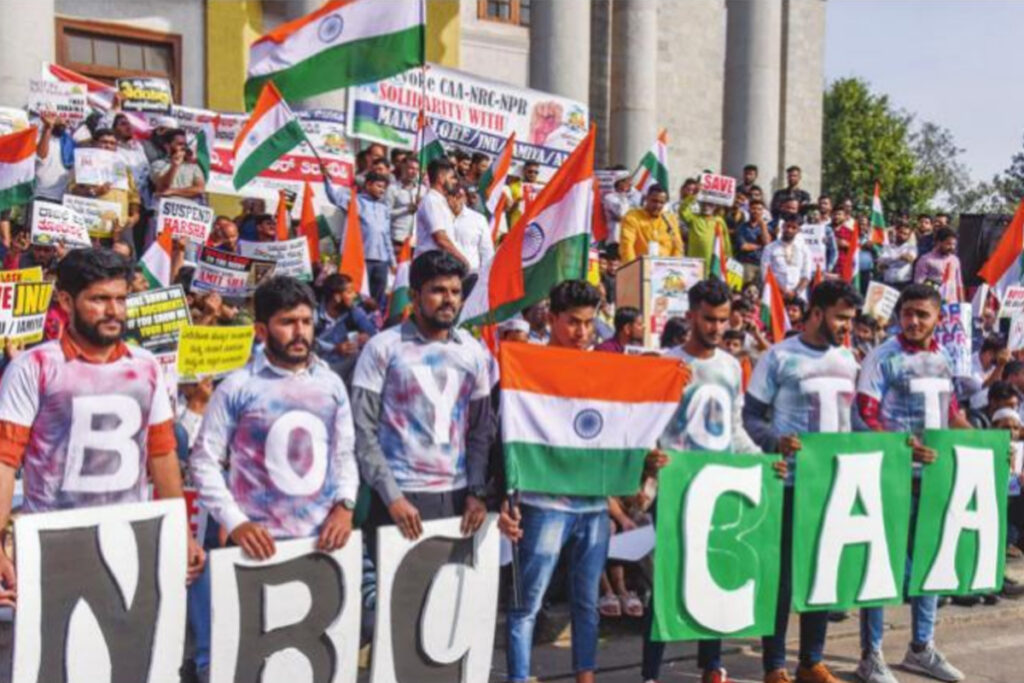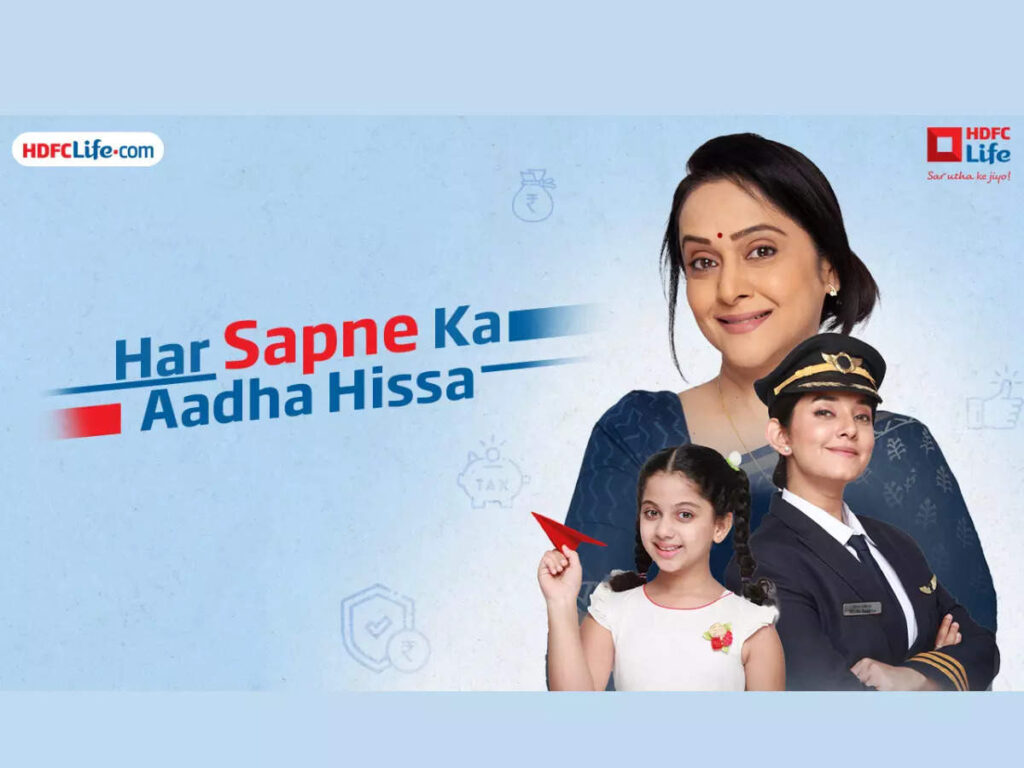Overview of HDFC Bank Personal Loan

Introduction
HDFC Bank is a leading player in the banking industry, offering a wide range of financial products and services. One of its standout offerings is the HDFC Bank Personal Loan, which has gained popularity for several key reasons:
- Competitive interest rates
- Quick loan approval and disbursal process
- Flexible repayment options
- No requirement for collateral
These features make HDFC Bank Personal Loan an attractive choice for individuals seeking financial assistance. Whether it’s for fulfilling personal needs or managing unexpected expenses, the flexibility and ease of access to funds make it a preferred option for many borrowers.
With a commitment to providing tailored solutions and swift approvals, HDFC Bank ensures that customers can achieve their financial goals without unnecessary hassle. In the following sections, we will delve deeper into the features, eligibility criteria, application processes, and other essential details of HDFC Bank Personal Loan.
Understanding HDFC Bank Personal Loan
HDFC Bank Personal Loan is a financial product offered by HDFC Bank, one of the leading banks in India. It is designed to provide individuals with quick access to funds for various purposes, such as medical expenses, travel, wedding expenses, debt consolidation, home renovation, or any other personal financial need.
Features and Benefits of HDFC Bank Personal Loan
HDFC Bank Personal Loan stands out from other loan options available in the market due to its notable features and benefits. Let’s explore them in detail:
- Flexible Repayment Options: HDFC Bank offers flexible repayment options to suit the borrower’s financial situation. You can choose a loan tenure ranging from 12 to 60 months based on your repayment capacity. This allows borrowers to select an affordable monthly installment amount that fits their budget.
- Competitive Interest Rates: HDFC Bank offers competitive interest rates on personal loans, making it an attractive choice for borrowers. The interest rate is determined based on factors such as the borrower’s credit score, income level, employment stability, and loan amount. Having a good credit score and stable income can help you secure a lower interest rate.
- Quick Loan Approval and Disbursal Process: HDFC Bank ensures a swift approval process for personal loans. If you are a pre-approved HDFC Bank customer, you can get the loan amount disbursed in as quickly as 10 seconds*. Other customers can expect loan disbursal within four working days, subject to documentation and verification. This makes HDFC Bank Personal Loan an ideal choice for those in urgent need of funds.
- No Collateral Required: One of the significant advantages of HDFC Bank Personal Loan is that it does not require any collateral or security. This means that you don’t have to pledge any assets like property or jewelry to avail the loan. This feature makes it accessible to individuals who may not possess significant assets but still need financial assistance.
By leveraging these features, borrowers can effectively meet their financial needs. Whether it’s financing a dream vacation, managing medical emergencies, or consolidating high-interest debts, HDFC Bank Personal Loan provides a convenient and flexible solution.
“HDFC Bank Personal Loan offers a range of features and benefits that make it an attractive choice for individuals in need of funds. With flexible repayment options, competitive interest rates, quick loan approval, and no requirement for collateral, borrowers can meet their financial goals with ease.”
Eligibility Criteria for HDFC Bank Personal Loan
In this section, we will provide a comprehensive overview of what HDFC Bank Personal Loan entails, including its definition, key features, benefits, and the eligibility criteria that applicants need to fulfill.
Age
HDFC Bank requires applicants to be within a certain age bracket, typically between 21 and 60 years old.
Minimum Income Requirement
Prospective borrowers must meet the specified minimum income criteria set by HDFC Bank to qualify for a personal loan.
Employment Stability Criteria
The bank considers the stability of an individual’s employment as a crucial factor. A steady employment history can enhance one’s eligibility.
Credit Score
A good credit score is essential for loan approval. HDFC Bank evaluates the creditworthiness of applicants based on their credit history and CIBIL score.
To assess their chances of qualifying for an HDFC Bank Personal Loan, readers should proactively review their financial standing, ensuring that they meet the age requirements, have a stable employment history, and maintain a healthy credit score. By understanding these key criteria, individuals can make informed decisions about their loan applications.
Applying for an HDFC Bank Personal Loan
When you’re ready to apply for an HDFC Bank Personal Loan, the process is designed to be convenient and user-friendly. Here’s how you can get started:
- Visit the Official Website:
- Navigate to the HDFC Bank website to access the online application portal.
- Fill Out the Online Application Form:
- You’ll be prompted to provide personal details, employment information, desired loan amount, and tenure.
- Upload Necessary Documents:
- You’ll need to submit scanned copies of essential documents such as proof of identity, address, income, and recent photographs.
- Key Points to Keep in Mind:
- Double-check all the information provided in the application form for accuracy.
- Ensure that you have all the required documents readily available before starting the application process.
- Look out for any specific guidelines or requirements outlined by HDFC Bank during the online application.
The online application process streamlines the initial steps required to apply for an HDFC Bank Personal Loan, offering convenience and efficiency for prospective borrowers.
Offline Application Process for HDFC Bank Personal Loan
When it comes to applying for an HDFC Bank Personal Loan, there is an alternative option available for those who prefer a more traditional approach. Instead of applying online, applicants can choose to visit a branch or contact customer service to obtain and submit the physical application form. Here are the key points to keep in mind during the offline application process:
- Obtain the Application Form: To start the offline application process, you can either visit your nearest HDFC Bank branch or contact the customer service helpline to request the physical application form. The bank representatives will guide you through the process and provide any assistance you may need.
- Fill in Accurate Details: It is crucial to accurately fill in all the necessary details in the application form. Any discrepancies or errors may lead to delays in processing your loan. Take your time while filling out the form and double-check all the information before submission.
- Submit Required Documents: Along with the filled application form, you will need to submit certain documents as part of your personal loan application. These documents typically include proof of identity (such as Aadhaar card, PAN card, passport), proof of address (utility bills, rental agreement), income proof (salary slips, bank statements), and recent photographs.
- Verification Process: Once you have submitted the application form and required documents, HDFC Bank will initiate the verification process. This involves verifying your identity, employment details, income stability, and creditworthiness. The bank may also conduct a background check as part of their due diligence.
- Loan Approval: After successful verification, HDFC Bank will evaluate your personal loan application based on their internal policies and criteria. If your application is approved, you will be notified about the loan amount, interest rate, repayment tenure, and other terms and conditions.
- Disbursement of Funds: Once your personal loan is approved, the funds will be disbursed to your designated bank account. The time taken for disbursal may vary depending on factors such as the completeness of documentation and verification process.
By providing an offline application process, HDFC Bank ensures that individuals who prefer face-to-face interactions or have limited access to online facilities can also conveniently apply for a personal loan. Whether you choose to apply online or offline, it is important to gather all the necessary documents in advance to smoothen the application journey.
Remember, HDFC Bank offers quick loan approvals and competitive interest rates, allowing you to fulfill your financial goals with ease.
Documents Required for Applying for an HDFC Bank Personal Loan
When applying for an HDFC Bank Personal Loan, you will need to gather essential documents to support your application. These documents serve as proof of your identity, address, income, and other relevant information. It’s important to ensure you have these documents in advance to streamline the application process.
Here are the key documents required for applying for an HDFC Bank Personal Loan:
- Proof of Identity: Valid government-issued photo identification such as Aadhar card, passport, PAN card, or voter ID.
- Proof of Address: Documents like Aadhar card, passport, utility bills (electricity/water/gas), or rent agreement that verify your current address.
- Income Proof: Salary slips for the last few months, bank statements, or Form 16 for salaried individuals. For self-employed individuals, audited financial statements and IT returns may be needed.
- Recent Photographs: Passport-sized photographs to be affixed on the application form.
Ensuring you have these documents ready beforehand can significantly expedite the loan application process. By proactively gathering and organizing these documents, you can navigate through the application seamlessly and enhance your chances of swift approval and disbursal of funds.
Interest Rates, Repayment Options, and Other Details
When it comes to HDFC Bank Personal Loan, one of the key factors that borrowers consider is the interest rate. The interest rate on a personal loan determines the cost of borrowing and has a direct impact on the Equated Monthly Installment (EMI) that borrowers need to pay. HDFC Bank offers competitive interest rates on its personal loans, which vary based on several factors:
1. Loan Amount
The interest rate for HDFC Bank Personal Loan may vary depending on the loan amount requested by the borrower. Typically, higher loan amounts may attract lower interest rates, while smaller loan amounts may have slightly higher interest rates.
2. Tenure
The repayment tenure chosen by the borrower also plays a role in determining the interest rate. Generally, longer tenures may have slightly higher interest rates compared to shorter tenures.
3. Credit Score
HDFC Bank takes into account the credit score of the borrower when determining the interest rate for a personal loan. A higher credit score indicates a good credit history and financial discipline, which can lead to lower interest rates.
4. Employment Type
The nature of employment, whether salaried or self-employed, can also impact the interest rate offered by HDFC Bank. Salaried individuals may have different interest rates compared to self-employed individuals.
It’s important for borrowers to understand how these factors can impact their loan terms and EMIs. For instance, a borrower with a high credit score and stable employment history may be eligible for a lower interest rate compared to someone with a lower credit score or less stable employment.
To give you an idea of what to expect, here’s an example:
Let’s say you apply for an HDFC Bank Personal Loan of Rs. 5 lakh for a tenure of 5 years (60 months). Based on your creditworthiness and other factors, you may be offered an interest rate of 12% p.a. With this interest rate, your EMI would be approximately Rs. 11,122.
It’s important to note that the interest rates mentioned here are indicative and subject to change based on various factors. It’s always advisable to check the latest interest rates offered by HDFC Bank before applying for a personal loan.
Apart from interest rates, HDFC Bank also provides borrowers with flexible repayment options. Borrowers can choose their repayment tenure based on their financial capabilities and preferences. They can opt for shorter tenures to repay the loan quickly or longer tenures to have smaller EMIs.
Additionally, HDFC Bank offers a Personal Loan Balance Transfer option for individuals who already have existing personal loans from other banks or financial institutions. By transferring the balance of their loan to HDFC Bank, borrowers may be able to lower their EMI or take advantage of better interest rates offered by HDFC Bank.
Moreover, borrowers can avail of insurance options to protect their personal loans. HDFC Bank offers insurance coverage that ensures the loan is repaid in the event of unforeseen circumstances such as critical illness, disability, or death. This provides borrowers with peace of mind and financial security.
In conclusion, HDFC Bank Personal Loan offers competitive interest rates, flexible repayment options, and additional benefits such as balance transfer and loan protection insurance. By understanding how different factors impact interest rates and considering repayment options that align with their financial goals, borrowers can make informed decisions when applying for an HDFC Bank Personal Loan.
Repayment Options for HDFC Bank Personal Loan
When considering HDFC Bank Personal Loan, it is essential to understand the various repayment options available to borrowers. Here are the crucial aspects to be aware of:
Repayment Choices
Borrowers have the flexibility to repay their personal loan through Equated Monthly Installments (EMIs), automatic deduction from their bank account, or online payments via the bank’s official website or mobile app. These options provide convenience and ensure timely repayments.
Prepayment and Foreclosure
HDFC Bank offers the provision for prepayment and foreclosure of personal loans. Prepayment allows borrowers to pay off a part of the outstanding loan amount before the due date, reducing the total interest payable. On the other hand, foreclosure enables borrowers to repay the entire loan amount before the original repayment term, leading to potential savings on interest costs.
Responsible Loan Repayment
Managing loan repayment responsibly is vital to maintain a healthy credit profile. Borrowers should prioritize timely EMI payments and consider setting up automatic deductions to avoid missing any deadlines. Additionally, they can track their repayment schedule using online banking facilities or mobile apps provided by HDFC Bank.
Understanding these repayment options empowers borrowers to make informed decisions and effectively manage their HDFC Bank Personal Loan obligations.
Tips to Improve Approval Chances for HDFC Bank Personal Loan
Tips for Getting Approved for an HDFC Bank Personal Loan
Here are some tips to increase your chances of getting approved for an HDFC Bank Personal Loan:
- Maintain a Good Credit Score: A healthy credit score significantly enhances your chances of loan approval. Ensure timely repayment of existing loans and credit card bills to maintain a good credit history.
- Avoid Simultaneous Loan Applications: Submitting multiple loan applications at the same time may raise red flags with lenders. It’s advisable to space out your loan applications and approach different lenders strategically.
- Provide Accurate Information: Double-check all the details entered in the loan application form to avoid any discrepancies or errors. Inaccurate information can lead to rejection or delays in the approval process.
- Stable Employment and Income: Lenders prefer borrowers with a stable job and a consistent source of income. A steady employment history and regular income demonstrate your ability to repay the loan.
- Maintain a Healthy Debt-to-Income Ratio: Keep your existing debt within manageable limits in relation to your income. A lower debt-to-income ratio indicates financial stability and responsible borrowing habits.
- Utilize Pre-Approved Offers: If you are an existing HDFC Bank customer, check for pre-approved personal loan offers. These offers are tailored based on your creditworthiness and can expedite the approval process.
By following these tips, you can strengthen your application and improve the likelihood of securing an HDFC Bank Personal Loan.
Final Thoughts
As we conclude this overview of HDFC Bank Personal Loan, it is important to highlight the opportunities it offers individuals in achieving their financial goals. With its competitive interest rates, flexible repayment options, and quick loan approval process, HDFC Bank Personal Loan stands out as a reliable choice for those in need of extra funds.
However, it is crucial for borrowers to thoroughly understand the terms and conditions before committing to the loan. It is recommended to carefully assess one’s eligibility and financial capacity to ensure a smooth repayment journey.
In summary:
- HDFC Bank Personal Loan provides an array of features and benefits that cater to the diverse needs of borrowers.
- The online application process offers convenience and ease, while the offline option allows for personal assistance.
- Different interest rates are applicable based on factors such as loan amount, tenure, credit score, and employment type.
- Repayment options can be tailored according to individual preferences.
Remember, maintaining a good credit score and providing accurate information in the application form can significantly enhance your chances of loan approval. Taking these steps will help you make the most of what HDFC Bank Personal Loan has to offer.
So why wait? Explore the possibilities with HDFC Bank Personal Loan and take a step closer to achieving your financial aspirations.
“Opportunities don’t happen. You create them.” – Chris Grosser






